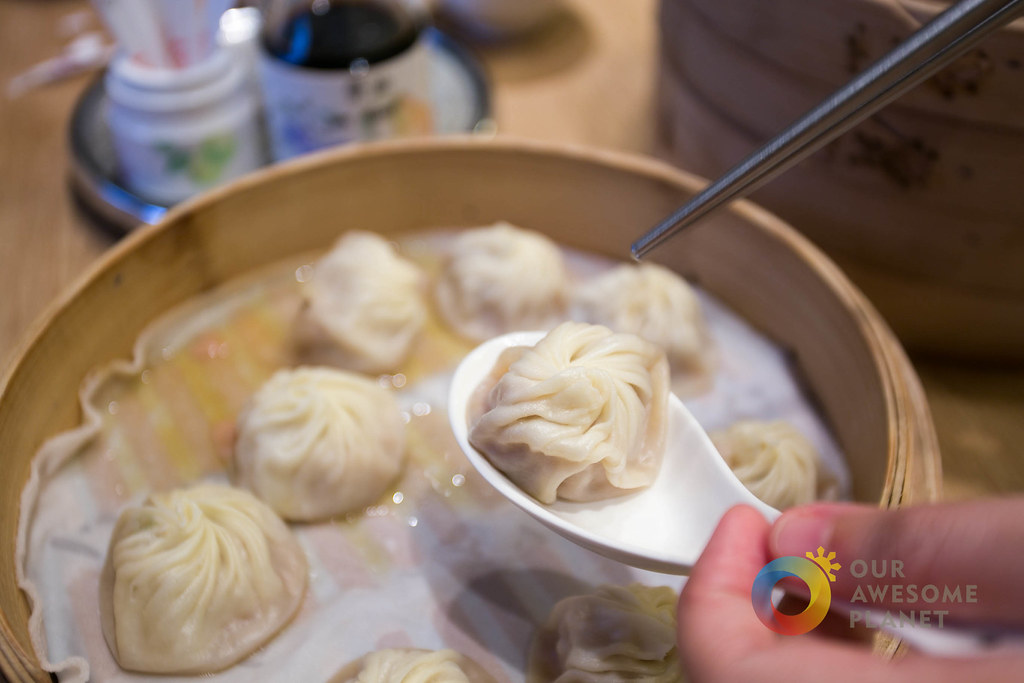I came across an interesting topic today and I would like to introduce it to you. It was written in Yinshi Wenhua Zonglun [Reviews on the Culinary Culture] (2009) edited by Wang Qiugui.
中、西方飲食文化大不同這點自然大家都認同,中國人吃飯喜歡一碟一碟都放在桌子上,大家要多少、取多少,一起分享美食。西方人喜歡每人自己一碟、都安份地自己吃自己那份兒。
I think most of us would agree that the culinary culture of China and the West is significantly different. Let's say, Chinese like to have dishes all over the table and each of us get what we want and the portion we need while the Westerners have their own dish and reaching out to the others' dish would be impolite.
但中國人跟西方人從食具上的使用上比上述一點更是截然不同。西方人用刀叉進食,動作充滿動感,雖然餐桌禮儀要求進食時食具不可以發出聲響,但這些刀叉猶如廚房內之用具的迷你版,切切割割時難免充滿戰鬥動感,形象上自然多了份侵略的意味。
However, the real difference lies in the use of utensils. The Westerners use their knives and forks. The involved action of cutting can be described as quite aggressive and linked to the actions inside the kitchen as the knives and forks on the dining table are the miniature of their counterparts in the place where food is processed and cooked. This aggressiveness can hardly be got rid of even if table manner required them to use the utensils quietly.
中國人則認為刀叉是廚房裡用以切割食物的器具,而這些器具是不能登大雅之堂的,加上食物在烹調時已被割成小塊方便用筷子夾起。這些筷子在機能上就是伸長了的手指,食客利用筷子就可以在自己固定的位置上掌控餐桌上的所有食物,筷子的使用也體驗到中國人所強調的「和」,和西方人所呈現的形象不免有了份強烈的對比。
Chinese, on the other hand, think that knives are to be used only in the kitchen. These are used to process the food and they should not be presented on the table. Besides, the food is usually cut into small pieces which can be easily handled with chopsticks. The knives should have no function in the dining hall. Chopsticks, as the prolonged fingers, enabled their users to get their food without moving around. The use of chopsticks shows the "harmony" presented by the Chinese culture and this is significantly different from the Western culinary culture.
但要提到的一點是,「中國人」這個概念在這裡也不怎樣清晰。「中國人」包括了我們漢人以外的「五十五個少數民族」嗎?北方人至今也保留著在餐桌上用刀切割食物的風俗。如全羊宴中,大家用小刀想食多少就割多少,十分豪氣。
However, I just have a small question. What defines Chinese? Does this term "Chinese" include the other "55" ethnicity besides the Han? As the people of China who live in the North still use the knives on the dining table. In the whole sheep feast, each of them use a small knife to get the portion they want.
比較法相當有趣,中、西方的飲食、文化、生活、種種方面都有不同的學者研究,但這種二元對比法在很多情況下不是有點太籠統了嗎?「中」是指甚麼?在這個邏輯上,這個「中」好像也可以等於「東亞」等其他長久以來使用筷子的國家,如日本、韓國,如此一來,這個「中」字應更換成「東亞」嗎?另一方面,「西」又是甚麼呢?是指歐洲、北美或是所有非東亞的國家呢?比較容易定義難。
Binary opposition seems quite interesting and there are already a lot of researches on the difference of food, culture or lifestyle between China and the West. However, isn't this binary opposition a bit problematic? In this essay, what does "Chinese" mean? Within this context, can we consider this "Chinese" equal to "East Asia" countries such as Japan or Korea which also use chopsticks for a very long time. On the other hand, what is the "West"? Does it mean Europe, North America or all non-East Asia countries? It seems easy to compare something but harder to define them.
我都想聽聽大家的想法,關於飲食不同之處也好,關於上述定義上的問題也好。
I want to know what you guys think. May it be about the difference between the culinary culture of the East and the West or about the problem with definitions.






